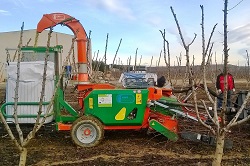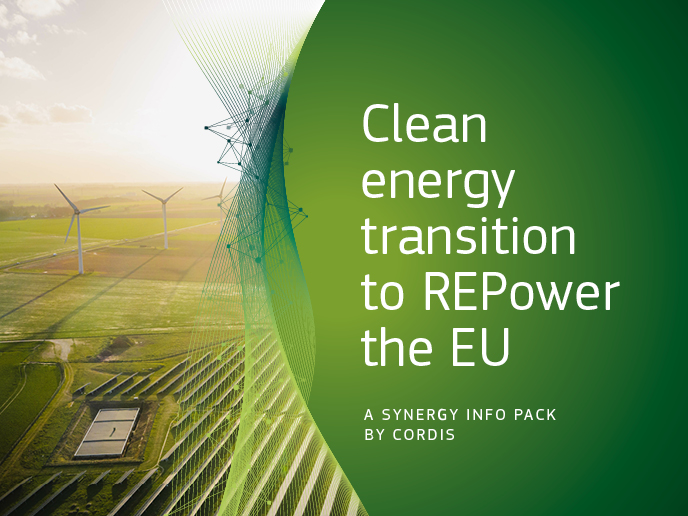Innovative pruning-to-energy value chain provides big bio-boost to Europe
Every year the EU produces over 13 million tonnes of dry matter of agricultural prunings. Considering that prunings can serve as an excellent source of solid biofuel, these numbers are substantial. Instead of being seen as an energy source, prunings are generally treated like waste and thus either burnt or integrated back into the soil. EUROPRUNING(opens in new window) aimed to optimise biomass from the pruning logistics chain to make it cost-effective and to ensure quality adequacy to final consumer needs. A `pruning-to-energy´ value chain EUROPRUNING began by defining the quality specifications of the materials to be produced and used as feedstock for energy production; it was essential to ensure quality adequacy to the final consumer needs and with it, the success of this type of resources in the market. The next step was developing innovative machinery and logistical tools to help farmers more easily convert their prunings into bioenergy supplies able to fulfil the quality requirements previously set. Their work included solutions for all stages of the value chain, and led to an array of new methodologies and technologies. For example, it implemented an innovative methodology for sampling and testing a field’s biomass properties, and issued guidelines and best practices for evaluating pruning residues. It produced two new harvesting machines, a baler and a chipper, capable of collecting prunings from the soil and preparing them for transportation. These machines are accompanied by a ‘SmartBoxTool’ and an ICT platform for optimising collection and delivery logistics, as well as monitoring pruning quality. For example, when it comes to storage, the platform provides recommendations for how best to manage large storages of piled biomass. Once the prunings are ready for transport, a GIS-based decision-making tool allows logistic operators to reduce costs and optimise efficiency. The project also offers a truck-mounted GPS system to help drivers to find storage and delivery points matched by their quality requirements as well as calculating the best route between the two of them. A set of guidelines and best practices were also released to promote a cost-effective and sustainable pruning-to-energy strategy amongst all the market players: a good start of the business, biomass harvesting in the orchard, harvesting machine information, pruned biomass storage, pruned biomass logistics and transportation, fuel quality and its combustion in the boilers, environmental and social aspects. Big benefits and beyond EUROPRUNING The EUROPRUNING project has successfully contributed to the effort of making cost-effective and high-quality solid biofuels out of pruning and wood residues, thus giving a boost to the biomass market’s reach. If the pruning residues produced per year in Europe was exploited, this could lead to EUR 478.5 million of net benefits. Project researchers believe that EUROPRUNING’s could lead to the creation of over 30 000 jobs in Europe, bringing many much-needed social and economic benefits to Europe’s rural communities. Improvements have continued on all of the equipment and EUROPRUNING industrial partners are planning to commercialise the technical innovations made within the project. One patent application resulted from the baler machine, which is ready for production. In addition, other European and national projects have been launched to continue EUROPRUNING’s work. One such project is the Horizon 2020 UP_RUNNING project which began in 2016 and will continue where EUROPRUNING left off. This project aims to address the current immobility of the value chain actors for the utilisation of agrarian prunings and plantation removal woody biomass.







